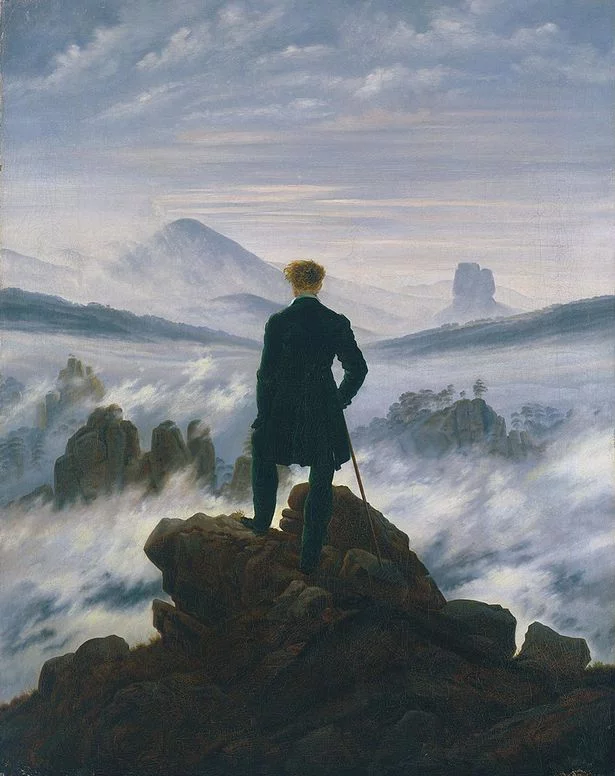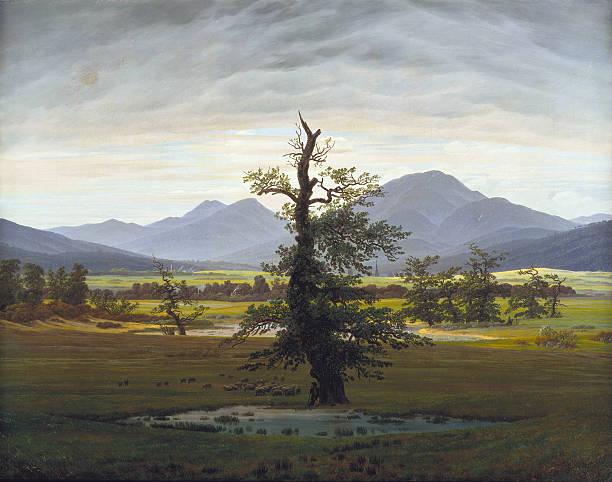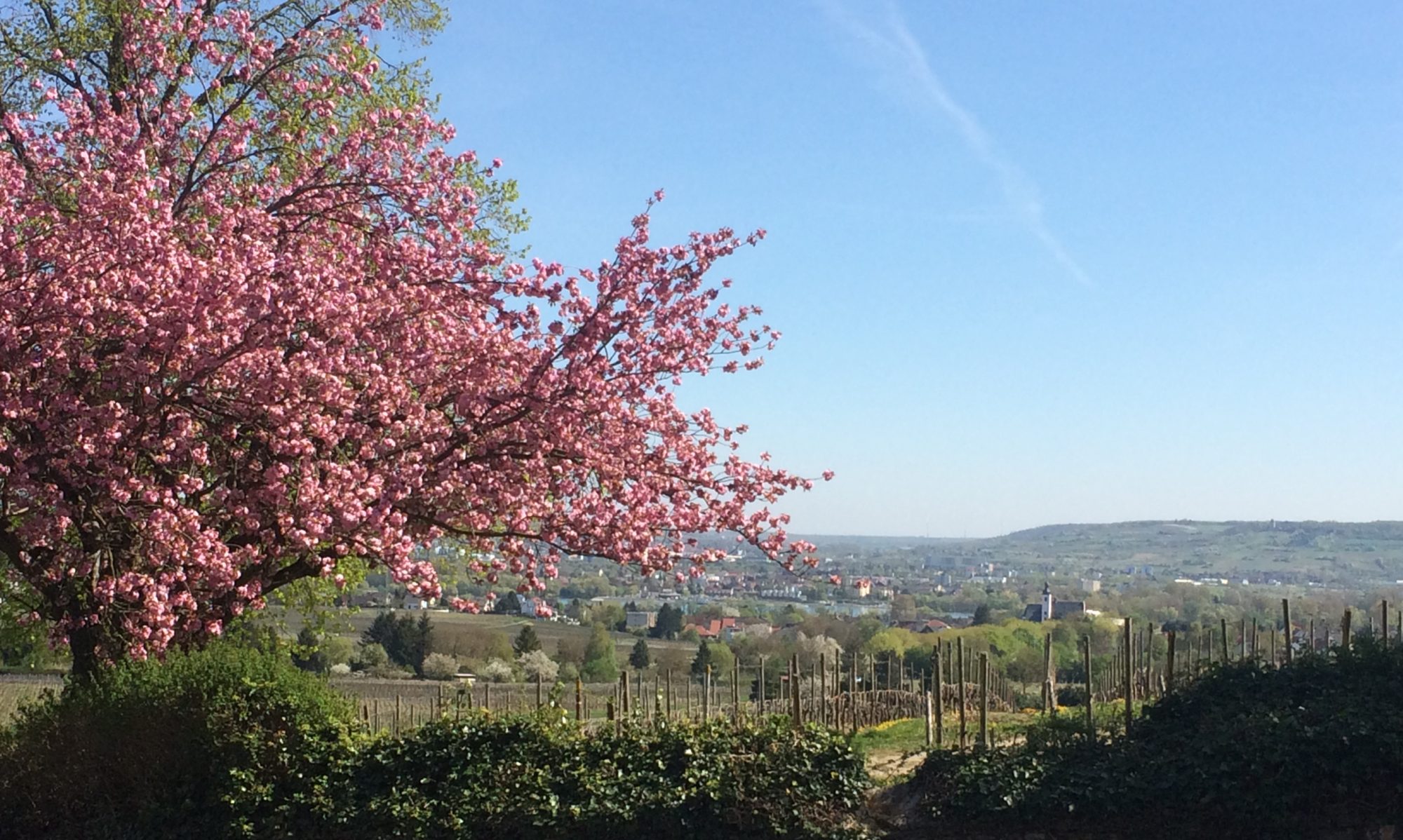This year marks the 250th anniversary of the birth of Caspar David Friedrich (5 September, 1774 – 7 May, 1840), who is considered Germany’s most important painter during the Romantic Period. His work influenced other famous Romantic painters like J.M.W. Turner and John Constable of England. Later, Expressionist painter Edvard Munch of Norway and Max Ernst of Germany were influenced by his work. Friedrich’s work was also highly regarded by the 20th Century Surrealists, including Italian artist Giorgio de Chirico and American painter Mark Rothko.

Rocky Ravine in the Elbe Sandstone, Source: Wikipedia
What was the Romantic Period?
The Romantic Period was a period of great intellectual and cultural achievement that spanned the late 18th and early 19th centuries. German Romanticism was then a current of thought founded upon a refusal of modernity and material prosperity. In other words, German Romanticists were disenchanted with the development of society. They longed for an idyllic past, a life in the countryside, and a return to traditional and rural values. They were expressing their disillusionment with a society that they saw as over-materialistic. The Romantic movement was expressed in literature, music and the visual arts.
How Did Caspar David Friedrich’s Work Embody Romanticism?
Friedrich was a painter who used landscape painting to create an intense and emotional focus on nature. His paintings were often filled with religious allegory, but the focus of his work was on the spirituality of nature over religion. For this reason his work was often not well understood or well received while he was alive.
One technique that Friedrich used was the depiction of a person from behind (Rückenfigur), seen to be contemplating a view. This technique was quite new at the time and encouraged the viewer to take in the sites and share the experience of the depicted figure. His style of depiction was Neo-classical, meaning realistic in its portrayal of subject. But his landscapes were also full of feeling and mood. Critics refer to his atmospheric landscape painting style as ‘romantische Stimmungslandschaft’, where geographical features such as rock coasts, forests and mountain scenes express religious themes as metaphors. As Friedrich wrote: ‘The artist should paint not only what he sees before him, but also what he sees within him.’

Wanderer Above a Sea of Fog, Source: Wikipedia
How Has Friedrich’s Legacy Survived?
As Friedrich aged, his painting became darker and reflected his own growing pessimism and fear of death. He fell out of popularity until the Nazis resurrected his reputation as a part of German Nationalism. It took until the 1970’s before Friedrich’s reputation could be relieved of the Nazi tarnish. Today his works are enjoying a Renaissance and sixty of his most famous paintings and sketches are on exhibition in Hamburg to commemorate the anniversary of his birth.
https://www.hamburger-kunsthalle.de/caspar-david-friedrich-tickets has more information.

The Solitary Tree, Source: Getty
Sources:
www.twu.edu.:
Caspar David Friedrich and the 20th Century, Alicia Burden, Texas Women’s University
